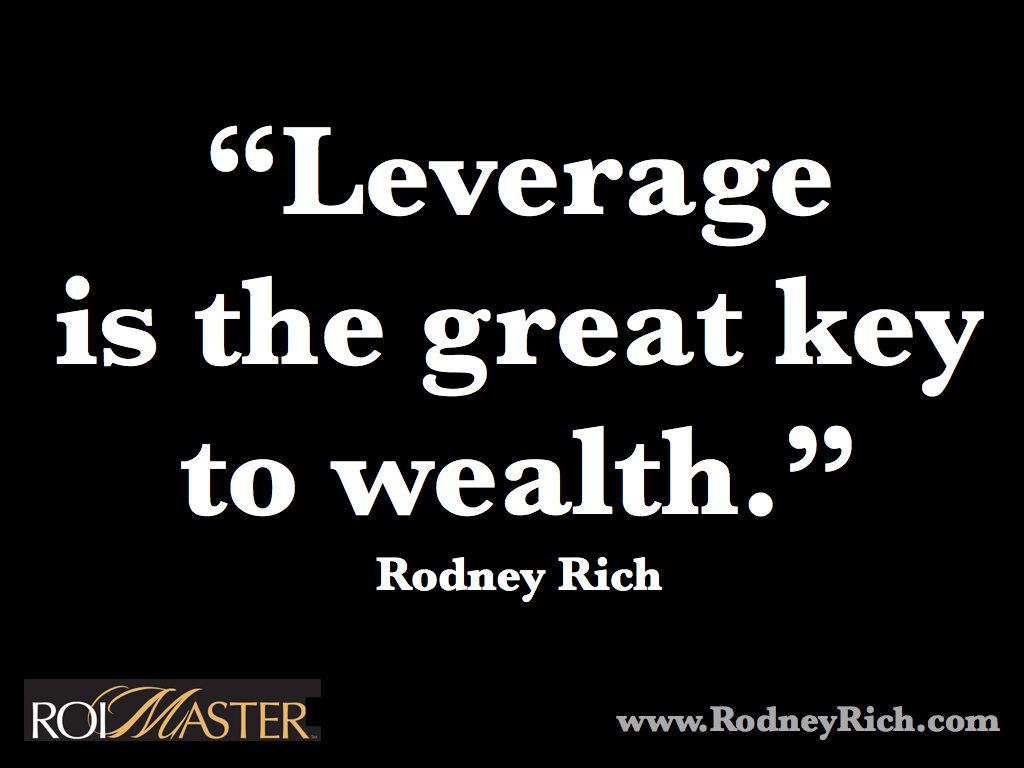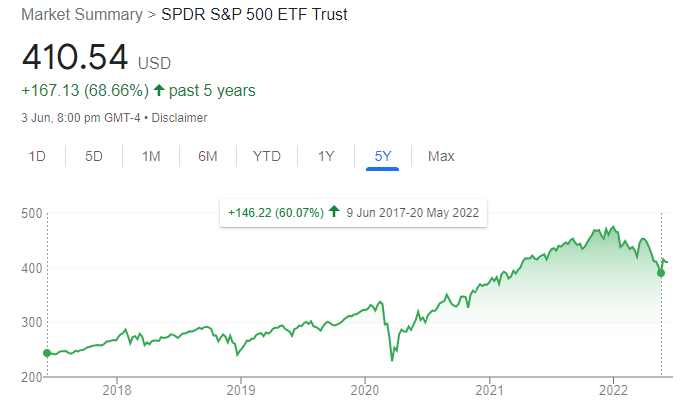Loans - are they really a bad thing?
If you have been following me for quite some time, you know that I am advocate of taking healthy loans - this was after all, how I managed to get my first property at age 25 in the first place. I will explain in a bit what does healthy loans mean.
After learning from many self-made multi-millionaires, we discovered that "Leverage is the great key to wealth."
In the broadest sense, leverage simply means doing more with less.

What Exactly Are Healthy Loans?
There are three important principles when it comes to taking loans.
- The return on investment far exceeds the cost of borrowing.
- The investment vehicle is stable in the long term (i.e. index or qualified properties)
- You should be able to pay the monthly repayment comfortably - preferable with at least neutral cash flow
Once we have understand these three principles, taking a loan should never be scary anymore.
Principle 1 - ROI > Cost of Borrowing
The cost of borrowing refers to the net borrowing interest rate which you pays to the lender. This is why I love properties - because borrowing rate are typically the lowest you can find among the other investment vehicles.
For example, if the borrowing rate of a mortgage loan is around 2% - my expected net return on investment should be much 2%.
This is why it is important to understand your numbers well - if I take a $100,000 loan at 1% interest, that's a annual repayment of $1,000. But if I use the same $100,000 to make 5% - my net profit will be $5,000 - $1,000 = $4,000.
You may think, "Gin, that's only if you actually make profit on your $100,000."
This brings us to the next principle.
Principle 2 - Invest In Stable Long Term Assets
The reason why most people fail in investing, especially when taking leverage, is because their mindset is just far too short term.
Literally, people sometimes think of their investments on a yearly basis, and always thinking about getting rich quick - instead of on the time horizon of at least 3 to 10 years.
Let me give you an example.
Imagine if I use my property and use as collateral to borrow $50,000 from the bank at an interest rate of 4%.
I put this same $50,000 in to the S&P 500 back in 2017. By the way, mind you there were corrections during 2020 and 2022. Look at the results.

During the course of 5 years, I would have paid a total interest:
4% x $50,000 x 5 years = $10,000.
However, that same $50,000 would have grown by 68.66% into $84,330.
Essentially, my net profit will be:
$84,330 - $50,000 - $10,000 = $24,330
What is my ROI?
Some of us will think that it is $24,330 / $50,000 = 48.66%
That could not be further from the truth.
Remember that the formula for Return Of Investment:
ROI = (Net Profits) / (Amount of Own Cash Put Into Investment)
How much cash did I actually put into the investment?
Well, it is a total of $10,000 - which is essentially the interest which I paid to the bank.
This means that my return of investment is actually:
ROI = $24,330 / $10,000 = 243.30%
Principle 3 - Loan Repayment Sustainability
Now that we have understood the concept of taking a long and investing for the long term.
(I should remind this over and over again - investing for the long term.)
The next principle, is understanding that you are able to pay the loan comfortably.
For example, if I take a 5% interest-only loan for $1,000,000 - this is a yearly repayment for $50,000 or $4,166 every month. I have to ensure that I am able to pay this amount comfortably every single month.
If you know that you cannot pay this amount every month, there's only two things you can do:
- Lower your loan amount (more straightforward)
- Lower your interest rate (unlikely, but you can try)
For myself, the monthly repayment should not exceed more than 40% of my monthly income. For example, if my income is $5,000 every month - I have to make sure that my loan repayments do not exceed $2,000 every month.
Sometimes, there are way to increase your monthly cash flow.
For example, properties can be designed as cash-flow investments, which means that we can rent the property out, collect rental income from our tenants - and use that cash flow to help pay for the monthly cash flow.
For stocks, we can choose to sell call options when stochastics are high and collect cash flow to pay for the interest as well.
Being able to pay for your monthly repayments are crucial so that you are able to tide through times when the market is not doing well. This is what we call holding power.
The Bottom Line
Essentially, to build wealth through leverage, this is these three principles:
- Find a stable long term investment such as stock index or qualified property
- Ensure that the expected returns is more than the cost of borrowing
- Ensure that you have holding power (i.e. enough cash flow for repayments)
Once you have mastered these three, wealth comes eventually in the process of long term compounding.
